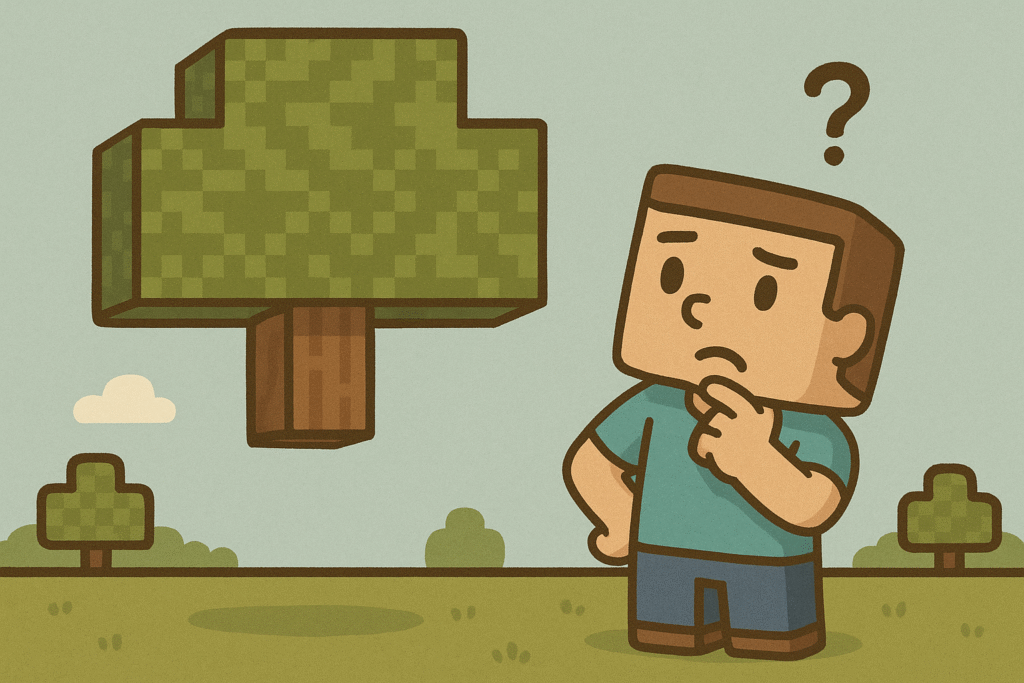Let’s be honest: Minecraft is full of nonsense.
You can punch a tree with your bare hands. Water and lava flows can be blocked by signs. Entire castles can float unsupported in the sky. And yet… this chaotic, cartoon logic somehow makes Minecraft one of the best playgrounds for scientific thinking.
It might not be realistic, but it is brilliant.
Not a Mirror—But a Model
Here’s the secret: Minecraft isn’t trying to simulate the real world. It’s building a simplified model of one. And in science, models are often better teachers than reality.
Think about it:
- Electron cloud diagrams don’t show electrons in precise orbits. They show probabilities.
- Physics problems ignore air resistance or friction.
- Maps distort the shape of continents for clarity on a 2D plane.
Why? Because a good model is understandable, predictable, and useful. Minecraft works exactly the same way.
Weird Rules, Consistent Logic
While its physics are definitely strange, Minecraft is built on consistent internal logic. Water flows in a known pattern. Redstone behaves reliably (even if you can’t figure out how). Materials follow specific rules for breaking and crafting.
This consistency is what makes Minecraft such a good sandbox for learning:
- You can test an idea.
- You can observe a result.
- You can try again with a new approach.
That’s literally the scientific method.
What Minecraft Actually Teaches
Despite its floating blocks and magical bonemeal, Minecraft builds real-world skills in disguise:
- Systems Thinking: Players learn how different mechanics interact. How does redstone power a piston? What happens if you waterlog a slab?
- Constraint Solving: Can you build an efficient farm in a desert biome? What if you’re on hardcore and low on resources?
- Iteration: Trial-and-error isn’t just part of the game… it is the game.
- Creative Experimentation: The freedom to build, break, and rebuild encourages players to ask, “What if…?”
Learning Through Abstraction
In a strange twist, Minecraft’s lack of realism is what makes it accessible. It’s approachable. It’s playful. And because it strips away unnecessary detail, it focuses the player on how systems behave, not just what they look like.
When a kid asks, “Why doesn’t water do that in real life?” you’ve already won. They’re comparing models. They’re thinking critically. They’re doing science!
Final Thought: Nonsense With a Purpose
Minecraft physics may be nonsense, but it’s useful nonsense (trademark pending). It gives players the tools to experiment, observe, and solve problems on their own terms. It fosters curiosity.
And in the end, that’s what real science is about, too.
So, yes, the physics are ridiculous, and trees can float in the air, and wooden signs can stop lava. But Minecraft doesn’t need realism to teach reasoning. It gives players a weird little world that follows its own weird little rules, then it invites them to figure it out.
You just have to stay curious.

